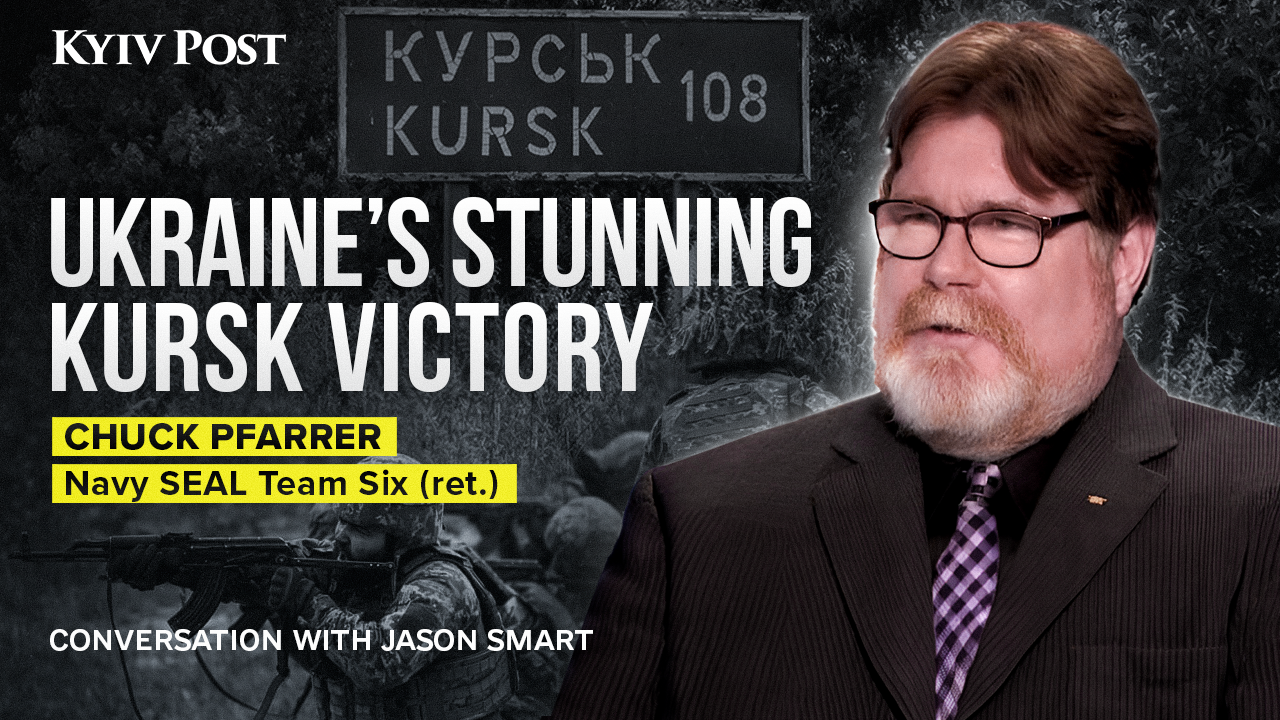On Tuesday Oct. 15, Rustem Umerov, Ukraine’s Defense Minister, announced on his Facebook channel that the Ukrainian government had approved a plan to recover explosives and other materials from unexploded munitions retrieved from conflict zones. He said the basis of the plan was that as much as 20 percent of munitions used during the ongoing war have failed to function and during the process to neutralize these explosive remnants of war it would be possible to salvage the explosives they contain as a valuable resource for Ukraine's defense industry.
Umerov said the intention was to deploy mobile processing equipment directly on-site which would enable increasingly scarce but essential materials to be extracted for recycling into new munitions.
The military issues web-site Global Defense News / Army Recognition reports that since the start of Russia’s full-scale invasion Ukrainian demilitarization experts have been developing techniques for the recovery of explosives from undetonated munitions.
The article suggests that downed cruise missiles and unexploded aerial glide bombs would be a useful source of explosives for use by engineering units to recycle for military purposes. It claims that Ukraine has tasked industry to produce “cold” munitions bodies that can be filled with these recovered explosives. It gives the example that engineers from Ukraine’s 414th “Ptakhi Madyara” Regiment filled empty PTM-3 anti-tank mines for use on the front line.

South Korea Confirms Ukraine’s Capture of Two North Korean Soldiers in Russia
A practical solution or pie-in-the-sky?
Having been involved in post-conflict landmine and explosive remnants of war (ERW) clearance as well as industrial demilitarization of obsolete ammunition for over 30 years, I have many reservations about the concept as well as the practicality and implementation of such a process.
While not privy to the equipment and process(es) that have been proposed by the Ukraine Ministry of Defense they must address the same basic issues which are summarized below:
Stability of the munition – munitions contain components that make them safe to use. Once fired these are removed / overcome so that the weapon functions when it hits its target. By definition a munition that has been fired and failed to function is no longer safe to move or handle – it should be dealt with where it lies.
Accessing the munition – it cannot be assumed that the unexploded munitions are going to be lying on the surface, in most cases air delivered “iron” bombs are going to be at least partially, if not completely, buried requiring excavation to gain access to the article.
Accessing the explosive content – in order to get to the explosive content of the munition it needs to be exposed. In the very least this means the removal of the fuse, using such things as a rocket wrench to unscrew it, but it is more likely this will require some means of cutting into the body of the munition. There are several types of equipment designed for this that use mechanical or high-pressure water cutting. These have to be relatively slow to achieve ingress to avoid the danger of igniting the explosives as they cut through. In any case all phases of this would have to be conducted remotely.
Extracting the explosives – the process to be used for this depends on the type of explosive in the munition. In simple terms explosives that contain Trinitrotoluene (TNT) which has a melting point of 82°C (180°F) can be readily removed using steam or hot water, but the munition would need to be positioned in such a way that the melted explosive runs out and can be collected along with the large quantities of wastewater that will be generated.
Other more modern explosive compounds which have a much higher melting point such as that of HMX which is around 290°C (550°F) could, theoretically, be extracted mechanically but that would be a more complex and inherently higher risk activity.
Scalability – to make the whole thing worthwhile it is necessary to ensure that sufficient numbers of unexploded munitions are identified that are suitable for explosive extraction, that are accessible for the demilitarization team and there are enough systems available to ensure continuous production.
Quality of recovered explosives – the methodology outlined above would be termed as “field expedient” by NATO forces. The explosives recovered are likely to be of relatively low quality and to contain contaminants such as the asphalt-like compounds that line bomb cavities along with metallic “swarf” created by the cutting process.
The recovered explosives would, therefore, be unsuitable for reuse in projectiles or bombs without further industrial processing but could be used to fill anti-tank landmines or as demolition charges.
System Mobility – the very few mobile demilitarization equipments that have been produced to date, such as the EODSolutions “Transportable Ammunition Destruction
System (TRADS)” or the JAKUSZ “Planetarium” transportable system are based on modular ISO containers which take time to move and set up. They are designed to deal with stockpiled munitions, not small quantities of ERW.

Safety – unexploded artillery, aerial bombs and missiles are likely to be encountered individually in isolated areas. There could be a temptation to try and collect items and move them to a central location for processing. This would be inherently dangerous, unless a remote-controlled system such as Germany’s ANT AG Daksh UXOR remotely operated vehicle (ROV) is used because, as previously mentioned, the safe-to-arm elements of the bomb will have already been triggered – the munition is “ready to go.”
Until more details of the plan and the technology are revealed I will “keep my powder dry” but I have concerns about the real practicality of what is being proposed.
You can also highlight the text and press Ctrl + Enter






